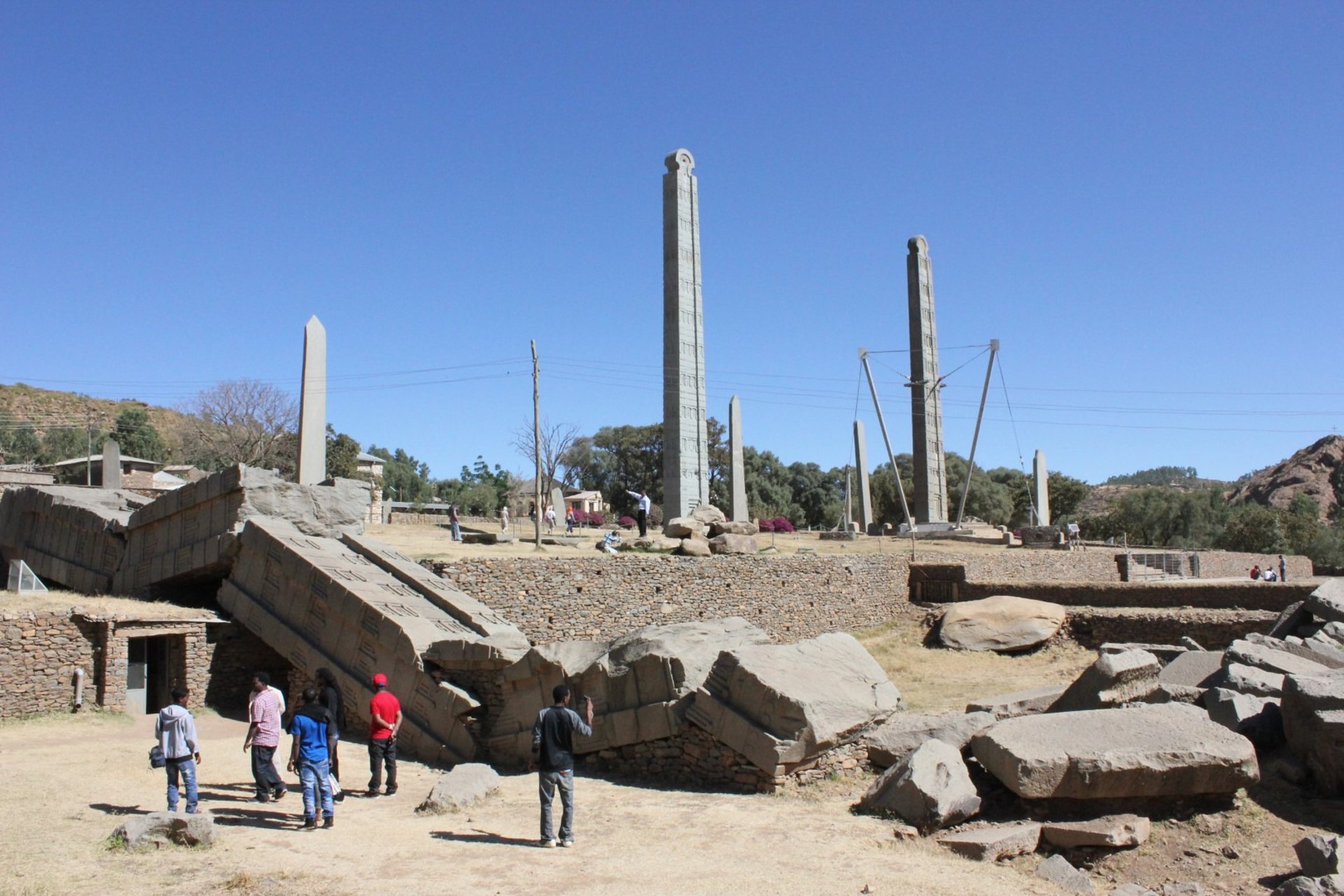
Stelae from Yesterday
2012, Axum, Tigray
ETHIOPIAAFRICAARCHAEOLOGY
When I got on my bus in Gondar, bound for Axum via Shire, I hadn't given much forethought to what the journey would be like. I suppose I thought I might get in some nice scenery. As it turns out, the route climbs an arduous, winding path northwards, with some dramatic sections of the route apparently blasted out of the sheer mountainsides by Italian engineers during the occupation. Back then I wrote down "one of the worst bus journeys of my life" and "second only to a twenty-five hour journey in Nepal with a military road block and a collision with a cow along the way". As I write now, the first things that come to mind are a few dubious leans of the bus and a girl sitting in front of me trying to sleep with a plastic bottle propped between her head and the window pane. I tried to offer her my travel pillow, and she turned away bashfully. I suppose it can't have been that bad, if I was willing to give up my travel pillow. But it was hot and the air was very dusty, and it was like that for fifteen hours. The other passengers debated the merits of sweating with the windows shut, versus coughing and wheezing with them open. Our bus was a bit of a relic, and one just like it had recently fallen off a cliff, killing everyone on board, so I heard afterwards. The scenery did not disappoint, though I did wonder afterwards whether I would have been better off flying. There was much talk about new Chinese roads, which may have improved road travel somewhat since that time. At length we reached the ancient city of Axum, once the centre of an empire whose influence loomed down from the highlands of Tigray to the trade routes of the Red Sea.
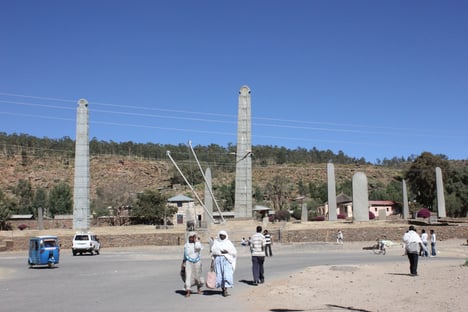
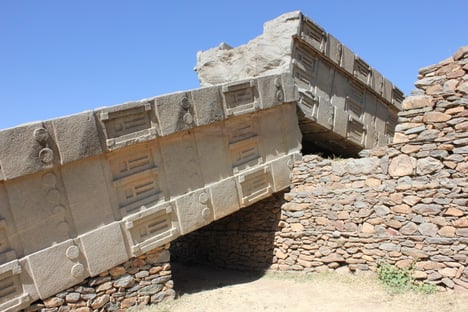
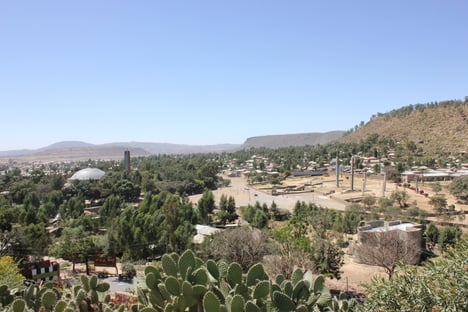



The city is famous for its strange, towering stelae, which are standing stones with engravings on their faces. Axum also holds the church of Mary of Zion and the Chapel of the Tablet - according to Ethiopian Christians, the final resting place of the lost Ark of the Covenant. The story goes that the biblical King Solomon had a son by the Queen of Sheba. When he became a man, that son visited Jerusalem and was given the Ark for safe keeping. It was deposited on an island in Lake Tana for several centuries until a later emperor had it moved to Axum. Today it supposedly sits in the Chapel of the Tablet, hidden from all eyes except for those of one very highly qualified monk. I couldn't help sticking my nose in through the fence of the church grounds, wondering. It isn't an idle claim - every Ethiopian Orthodox church has its own imitation ark. Ethiopia does seem to have had a Jewish connection, and it's not implausible that the Ark of the Covenant ended up here, if there ever was such a thing.
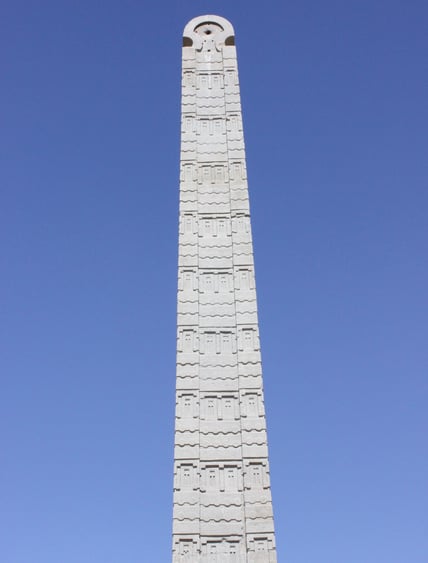

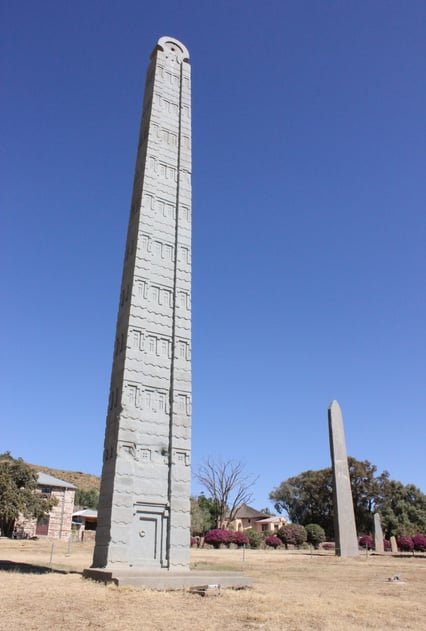

While these religious buildings are heavy with Judeo-Christian legend, the stelae struck me as something altogether older and more alien. Their flat faces begin at ground level with a false door, and above that there are stacked levels of false windows, as if to suggest the monument is only a model of some otherworldly skyscraper. At the top of these structures it flares out in a shape that might be a crown, a flower, or maybe even a watchful, Sauron-like eye. Relics of the Axumite Empire, the stelae are thought to be at least 1,700 years old. "The Obelisk of Axum", one of the finer examples, was looted by the Italians as war booty in the 1930s and was only returned to Ethiopia a few years before my visit. In some ways even more impressive is the gigantic stele lying in pieces on the ground, perhaps too big to have ever stood upright.

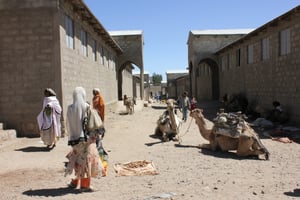


I found Axum's archaeological sites fascinating, but they're confined to a relatively small area. As I wandered away from them into the town, it hit me how important it is to see the living culture and not just the bones of the old one. Heading for the market, I met camels for the first time in my trip - a reminder of how close I had gotten to Arabia and the Middle East. The market was a cheerful place, full of busy traders amused or bemused to see a white person, and children eager to have their photo taken. Nobody tried to sell me anything, though a few enterprising characters requested a tip in exchange for a photo.

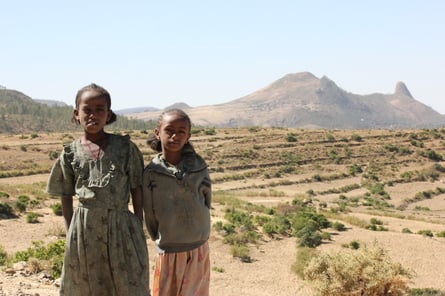


After I'd had my fill of the market I walked up into the hills above the town, and not for the first time in Ethiopia I was soon at the head of a marching band of children, curious to see what I was up to. They behaved towards me exactly as I would if I came across a strange creature in the city, like a fox or a hedgehog. I remember looking out at the burnt but teeming landscape, shaking my head, exhilarated. My next step would be to go out into that country, to visit the rock-cut hermitages in the high places of Tigray.
The Gist: Axum (2012)
TRAVEL WARNING: Civil war struck Ethiopia beginning in 2018. Irish government travel advice can be found here.
ARRIVED: I took local buses to get from Gondar to Axum via Shire, booked in person.
SLEPT: I found cheap accommodation on arrival, without booking ahead.
DID: The stelae field is within easy walking distance of the town centre. Don't miss the lively market and the stunning views from the hills outside of town. I could only see the Church of Our Lady Mary of Zion, which claims to hold the Ark of the Convenant, from the outside. Good, free information can be found on Wikitravel.
LEFT: I took a local buses, booked in person, to Lalibela via Mek'ele.

